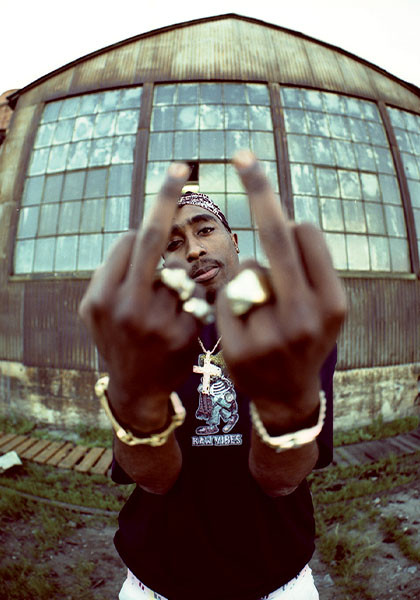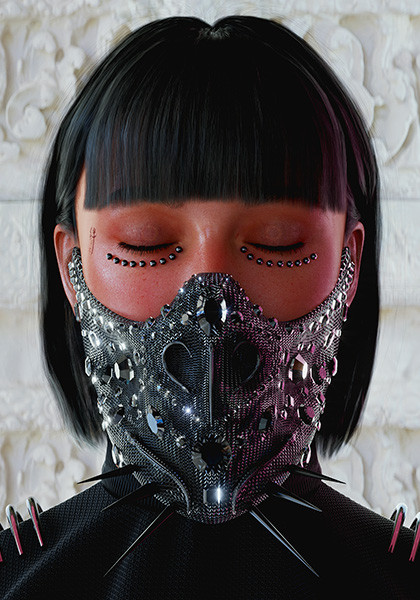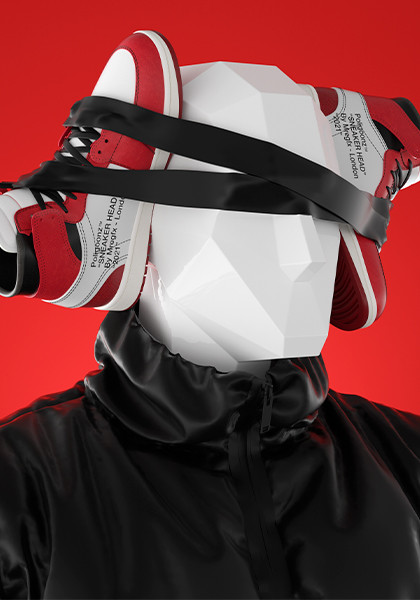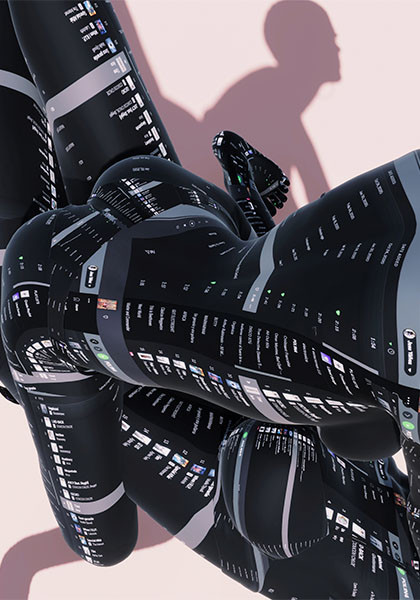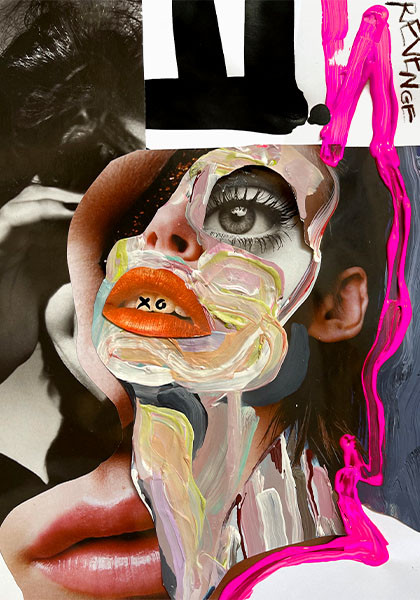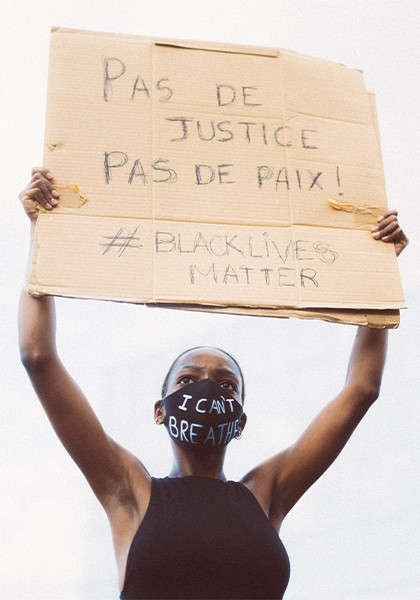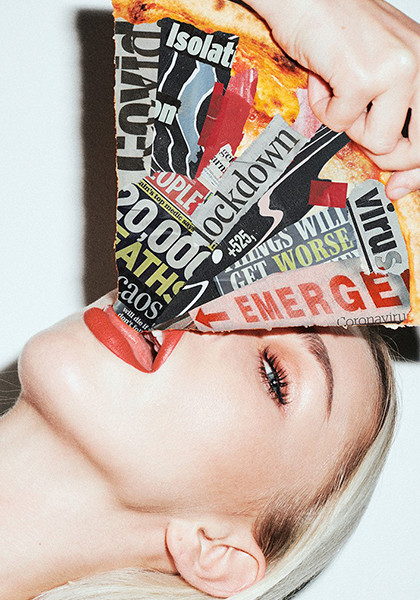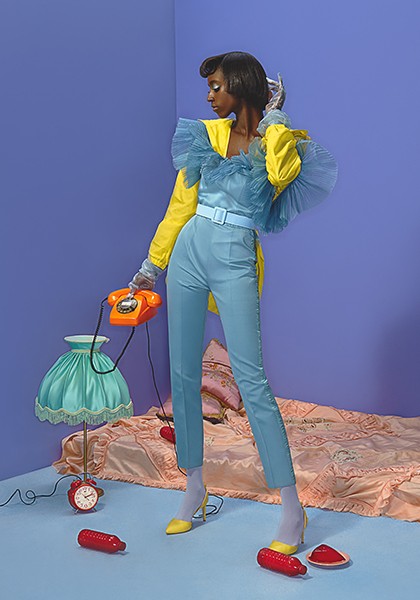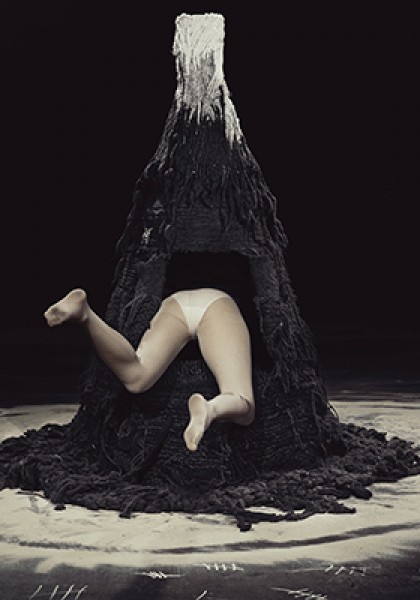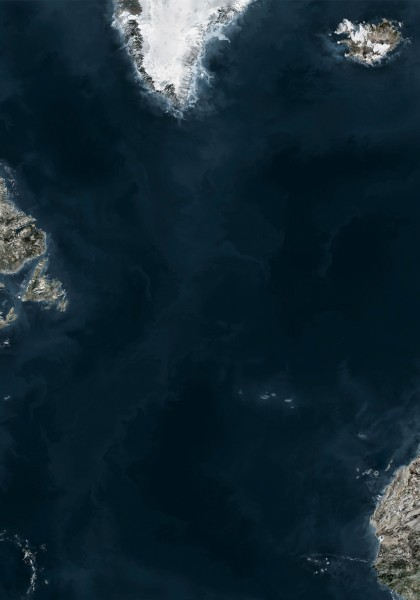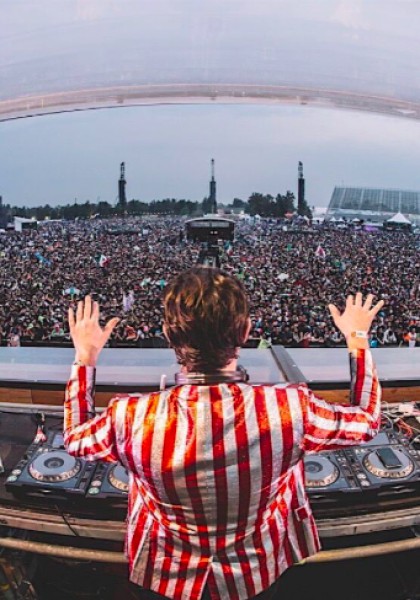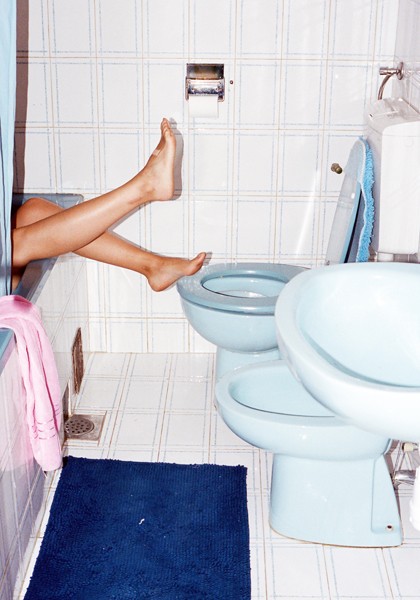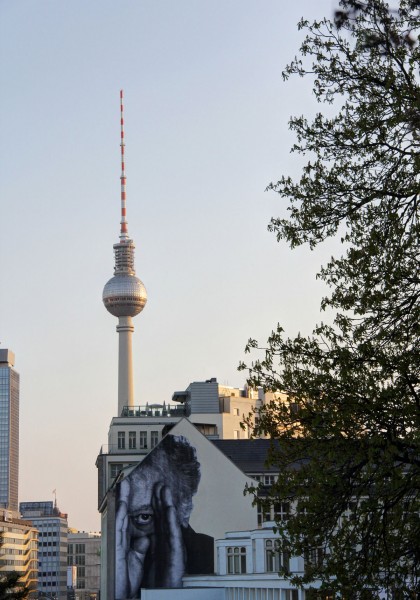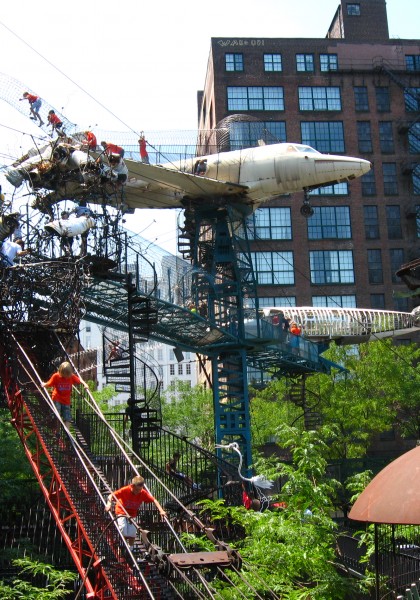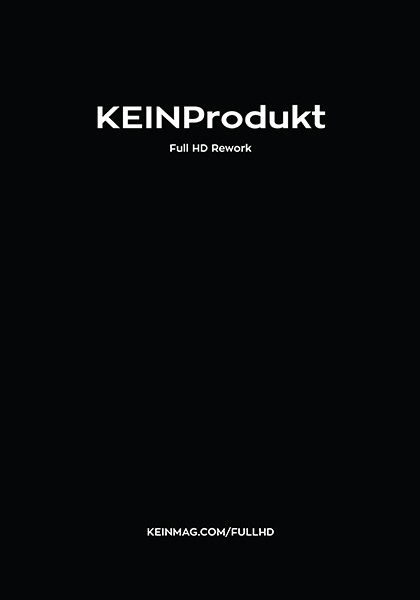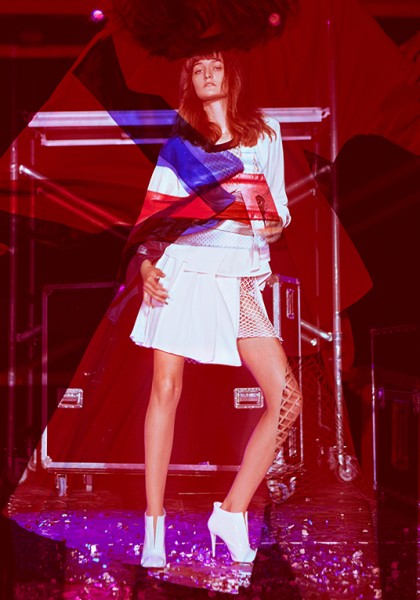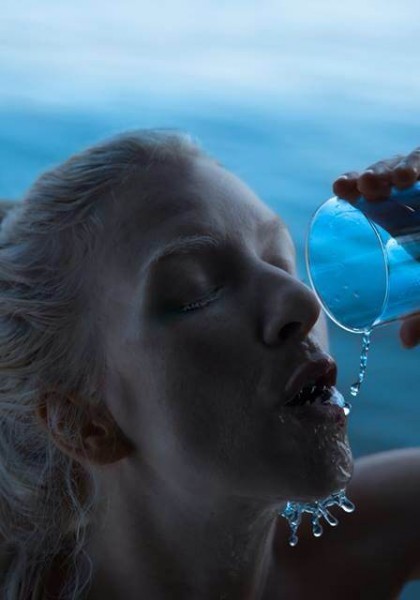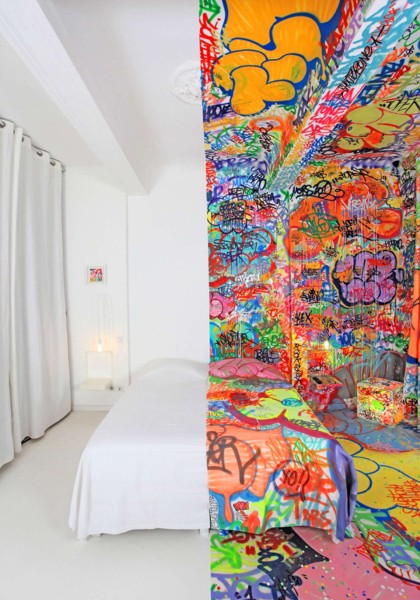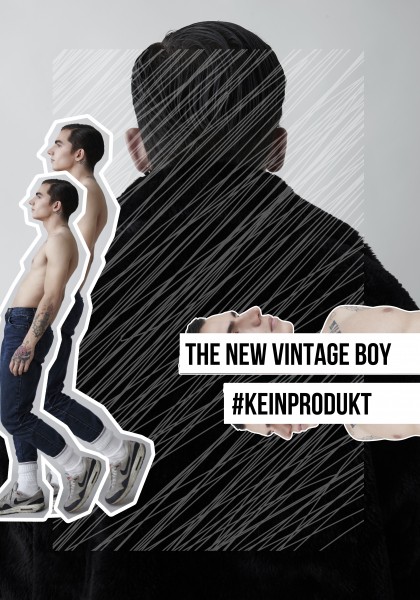
 Kein Kollektiv
Kein KollektivMemento Movement
New York-based artist Rita Ackermann toys with appearance and disappearance in order to create a complex visual representation of today’s world. From June 22 to September 9, 2018, La Triennale di Milano pays homage to her chalkboard painting series with the most comprehensive presentation of this group to date that includes multi-part installations such as Aesthetic of Disappearance (2014) and Meditation on Violence (2014).The show is curated by Gianni Jetzer, an independent curator and critic based in New York as well as Curator-at-large at the Hirshhorn Museum and Sculpture Garden in Washington DC. In these compositions that she has developed since 2013 a process of accumulation is countered by an endless “self-defeating” erasure. Rather than abandon figuration for abstraction, Ackermann instaed aims for the liminal divide that lies between the two.
All these paintings are about forms or figures bouncing back and forth between the visible and invisible in a space where the figurative and the abstract merge together in an endless conversation. As one takes a step back from the paintings to better glean their language, entire patterns of movements that might go easily unnoticed become clear. 1 / 8
Memento Movement
1) “Movements as Monuments”. I know that at Art Basel Miami Beach 2016 Ackermann was represented by a film with the same title inspired by a Paul Virilio’s essay which explores how today’s society is saturated with and altered by information. But where does this title actually come from?
Indeed for one of her films she previously used this title. It’s her language. Effortlessly she combines the dynamics and political implication of movements with the static state of monuments. The title stands for the dissolution of solid realities into a fluid and ephemeral state.
2) All these paintings are about movement and describe complex patterns of lines that gradually pull us in. Ackermann once said that these patterns also speak of a physical effort, a fatigue and even a torment. The process of vigorously erasing one form after the other by washing the surfaces of her works is, indeed, not at all an easy one: it requires strength and a method to faithfully cling to. This mixture of method and physical effort might reveal a striking link to such techniques as clay modeling or marble carving. What do you think about that?
The analogy makes sense in sculpting where the artist chisels away material to create form. What is strikingly new in the case of Rita Ackermann is how she finds a way to apply this act of reduction to painting. The chalk series bridges so many different realities: She revisits her own work from the past by quoting it, she pays homage to the mostly male heroes of Abstract Expressionism without making advances, she creates a hybrid between chalk and pigments, drawing and painting… she connects figuration and abstraction, presence and absence ––all of that in beauty and with etheric lightness.

 2 / 8
2 / 8

 3 / 8
3 / 8

 4 / 8
4 / 8


Memento Movement
3) What did you decide to focus on in developing your curatorial project for this exhibition? Were there any aspects you wanted to highlight in advance or did you decide along the way after being physically confronted with the works?
I wanted to help create the most condensed show possible with these works. It is all about letting go and trusting your visual instincts. The show feels so deep, as if it were twenty thousand leagues under the sea, or in a fortress. Another book by Paul Virilio that Rita Ackermann likes a lot is his “Bunker Archeology”. The complexity of Rita’s compositions is like a century old structure, there are layers of time, abrasion, shelling, memories.
4) To a viewer who has some familiarity with the post-war art landscape, the way you decided to arrange some works – either in pairs or opposite one another, to create a sort of chapel-like environment – might suggest a compelling reminiscence of the Rothko Chapel (this is particularly true to those rooms where the palette is restricted to a fairly unique lavish green and the paintings are considerably large). Rothko’s large fields of color have often been praised as kind of mystical portals, where one can breath outside of all the noise that generally comes at us and enjoy the silence. Similarly, and in a nod to her “Movements as Monuments” film, Ackermann’s oil paintings seem to point to the same quest for stillness, especially today as we are overwhelmed by a general cultural unrest and bombarded with aesthetical messages on a daily base. Don’t you think that, although visually quite different, some of her works could be looked at from the same perspective of Rothko’s studies of colors?
One crucial difference to Rothko is that today’s world is much more on speed and difficult to predict. The fact that we are greatly influenced by technologically produced imagery results in a synthetic “production of appearance”. Where does reality start and where does it stop? What is imagined, what real? And does it really matter? Rita Ackermann plays with appearance and disappearance in order to create a complex visual representation of today’s world.
5 / 8
Memento Movement
5) You have also been the curator of Unlimited at Art Basel for seven years now – a sector that, since its debut, has never stopped challenging the traditional art-fair stand and the art world altogether. Ackermann’s first series of chalkboard paintings were presented for the first time by Sammlung Friedrichshof, Austria in 2014 while a second series was exhibited later the same year at nothing less than Unlimited. Which are the benefits and drawbacks of showing Ackermann’s paintings among so many others? And in a broader sense, how do you avert “dispersion” while giving a chance to each work to present itself?
Artists love Unlimited also because it is a group show based on eccentricity. Each artist is a universe in itself. We build a cutting-edge architectural structure for each work. Strong works unfold their power in any given environment. That’s what I experienced with Rita Ackermann’s chalk paintings in Unlimited. They created their own temporality that people adopt with fascination. I repeatedly watched visitors remaining in them for long periods of times. They literally found their place within the exhibition.

 6 / 8
6 / 8

 7 / 8
7 / 8



